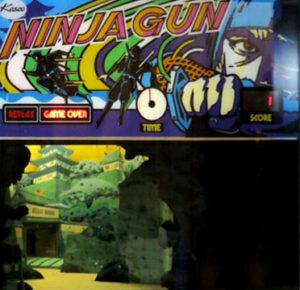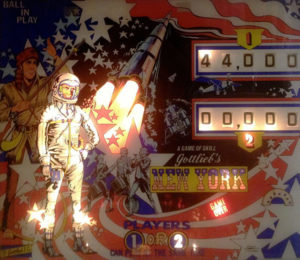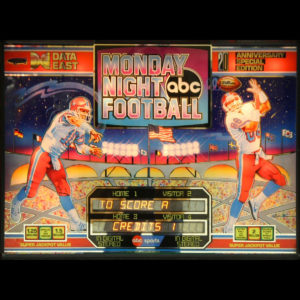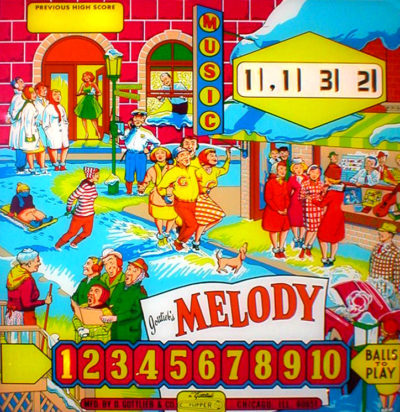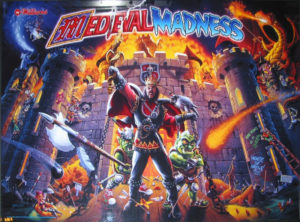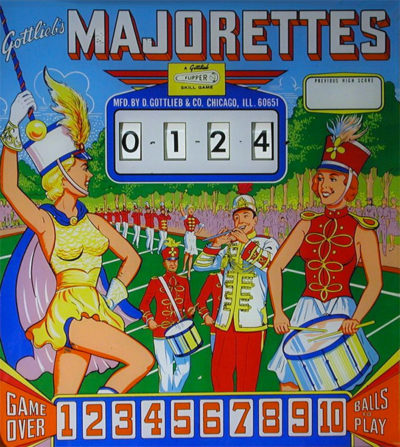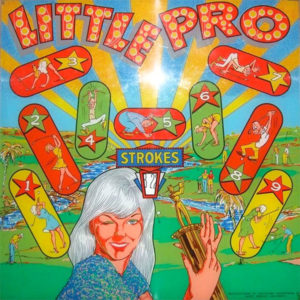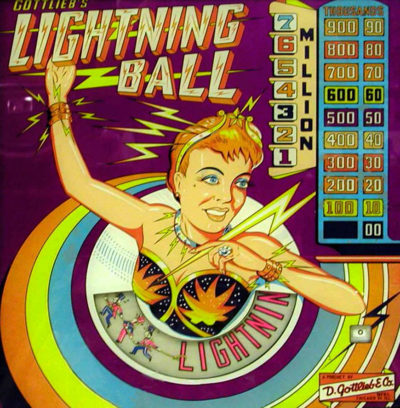Flippers (2), Pop bumpers (3), Ramps (2), Autoplunger. A left-side catapult propels ball airborne into a habitrail. Two pop-up trolls in playfield become active during “Trolls!” mode. Tina Fey (of “Saturday Night Live” fame) did the voices of the “Opera Singer” princess and the Cockney-talking princess, and Andrea Farrell did the voices of the Jewish princess and the sexy princess. Greg Freres was the voice of the jousting announcer and one of the trolls while Francois Du Grim was voiced by Vince Pontarelli who also did the other troll.
Look no further! This game, in my humble opinion, takes the prize as the most sought-after,
inventive game of the ‘90s! Brian Eddy designed this machine with 4,016 units screwed together.
The action, endless vocal calls, the exploding castle, the pop-up trolls and the moat and dropping
gate make this machine one of a kind. The value of this machine is going through the roof, more
than doubling its original price. The six kings from six different castles must be defeated by
attacking the castle walls. Defeating a king makes the fort collapse. It’s nearly impossible to
complete this feat. The princess must be rescued up the upper right ramp when activated (the
princess’s vocals are none other than Tina Fey’s voice). Many multiball challenges await. The
trolls must be hit many times to be conquered. The whole package is artistically and musically
amazing. Most of these machines are tucked away in home arcades at this point. Enjoy!



